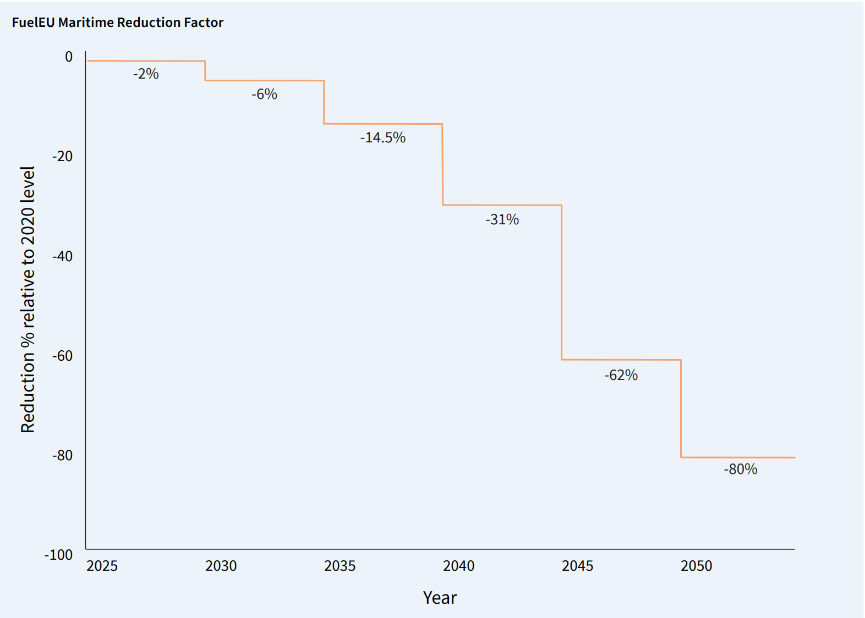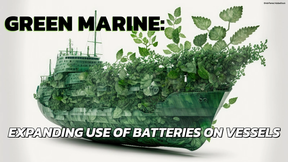Which shipping fuels are Fit For 55?
Fuel choices are among the most direct means that operators can use to manage exposure to shipping’s current carbon pricing mechanisms, the EU Emissions Trading System (ETS) and FuelEU Maritime. But understanding the impact of fuel options is complicated by differences in the regimes, as well as by incomplete information on how different fuel types will ultimately be accounted for.
Since 2024, emissions from vessels using European Economic Area (EEA) ports have been included in the EU ETS, requiring the responsible shipping companies to purchase allowances each year to cover emissions from those voyages. Since the beginning of 2025, under the FuelEU Maritime regulation, those vessels also need to implement stepped reductions in the greenhouse gas intensity of energy used onboard or pay penalties for the excess.
LR’s report ‘Shipping and Fit for 55’ offers insights into how fuel selection – and several other operational and business measures – can help operators to manage compliance.
One area of complexity is in the handling of biofuels. To acknowledge the potential of biofuels in reducing emissions across the value chain, emissions resulting from the combustion of sustainable biomass compliant with the sustainability criteria established by the Renewable Energy Directive have a CO2 emission factor of zero under the ETS.
Under FuelEU Maritime, however, the same biofuels will not have a zero rating, as their entire Well-to-Wake (WtW) greenhouse gas intensity is considered, including emissions produced during production, supply and use. This is measured in grammes of CO2 equivalent per megajoule and ranges between 30-40 – around a 75% reduction compared to conventional fuel oil - depending on the source of the different biofuels available on the market.
There may also be differences in how Renewable Fuels of Non-Biological origin (RFNBOs) and Recycled Carbon Fuels (RCFs) are treated under the two regulations. As yet the implementing legislation determining the accounting of these fuel types under the EU ETS has not been published. However, the European Commission has committed to giving equal treatment to both RFNBOs and biofuels in the ETS. Under FuelEU Maritime, between 1 January 2025 and 31 December 2034, use of RFNBOs will be incentivised with a reward factor of 2x in the calculation of the GHG intensity of energy used on board.

Another consideration evident in the FuelEU Maritime treatment of RFNBOs is that early adopters will gain more. The 2x reward ends in 2034, to be replaced by a sub-target for RFNBO use if they account for less than 1% of the overall fuel mix in 2031 and less than 2% in 2033, while the FuelEU surpluses that can be gained from RFNBOs decrease as greater reductions in GHG intensity are demanded. So, any fuel choice needs to consider the specific treatment under both regimes at the time the fuel is going to be used.
The examples above highlight the complexity facing maritime operators in choosing fuels and understanding their impact on EU ETS and FuelEU exposure. And fuel choice is just one of the operational decisions companies can make to secure cost-effective compliance. Other factors, including fleet utilisation, routing and emissions trading strategy, will also play a role.
To learn more about managing compliance and optimising operations under EU’s new emissions and energy regimes, download LR’s ‘Shipping and Fit for 55’ report.







